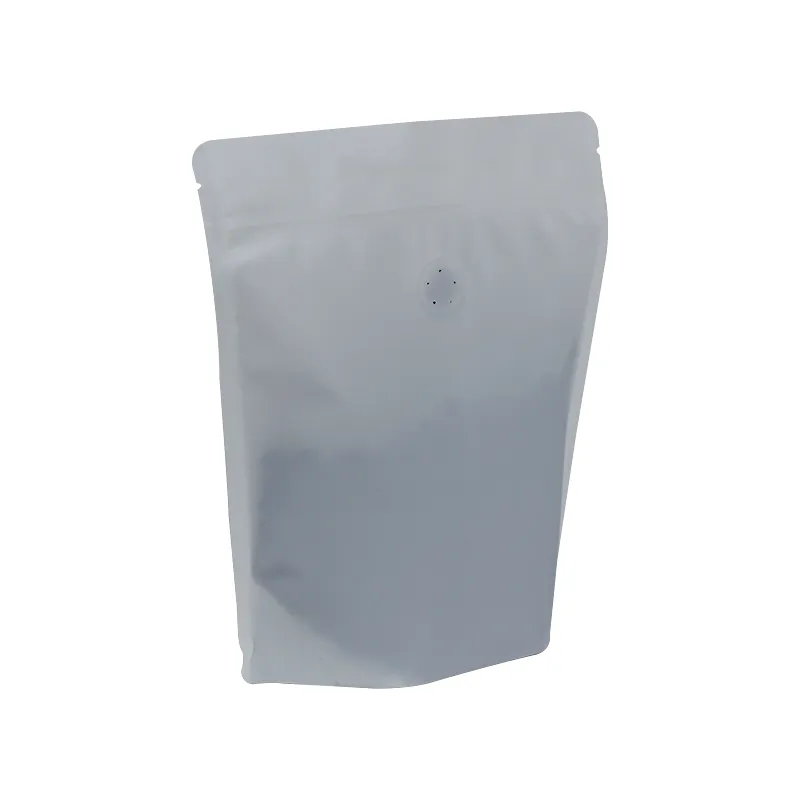- Afrikaans
- Albanian
- Amharic
- Arabic
- Armenian
- Azerbaijani
- Basque
- Belarusian
- Bengali
- Bosnian
- Bulgarian
- Catalan
- Cebuano
- chinese_simplified
- chinese_traditional
- Corsican
- Croatian
- Czech
- Danish
- Dutch
- English
- Esperanto
- Estonian
- Finnish
- French
- Frisian
- Galician
- Georgian
- German
- Greek
- Gujarati
- haitian_creole
- hausa
- hawaiian
- Hebrew
- Hindi
- Miao
- Hungarian
- Icelandic
- igbo
- Indonesian
- irish
- Italian
- Japanese
- Javanese
- Kannada
- kazakh
- Khmer
- Rwandese
- Korean
- Kurdish
- Kyrgyz
- Lao
- Latin
- Latvian
- Lithuanian
- Luxembourgish
- Macedonian
- Malgashi
- Malay
- Malayalam
- Maltese
- Maori
- Marathi
- Mongolian
- Myanmar
- Nepali
- Norwegian
- Norwegian
- Occitan
- Pashto
- Persian
- Polish
- Portuguese
- Punjabi
- Romanian
- Russian
- Samoan
- scottish-gaelic
- Serbian
- Sesotho
- Shona
- Sindhi
- Sinhala
- Slovak
- Slovenian
- Somali
- Spanish
- Sundanese
- Swahili
- Swedish
- Tagalog
- Tajik
- Tamil
- Tatar
- Telugu
- Thai
- Turkish
- Turkmen
- Ukrainian
- Urdu
- Uighur
- Uzbek
- Vietnamese
- Welsh
- Bantu
- Yiddish
- Yoruba
- Zulu
100 mils to inches
Understanding the Conversion of Mils to Inches
When discussing measurements, the importance of understanding various units cannot be overstated, especially in fields like engineering, manufacturing, and even everyday tasks. One such unit is the mil, which is commonly used in various industries, particularly in the context of coatings and film thickness. To ensure clarity and precision in measurement, it’s essential to comprehend how to convert mils into inches. In this article, we will delve into the definition of mils, the conversion process to inches, and practical applications for this knowledge.
What is a Mil?
A mil is a measurement unit that is equal to one-thousandth of an inch. It is often denoted by the symbol “mil” or sometimes represented as “mils.” The term is frequently used in contexts such as manufacturing, particularly when discussing the thickness of coatings, films, or metals. For example, a plastic sheeting might be described as having a thickness of 6 mils, meaning it is 0.006 inches thick.
The mil is a useful measurement because it provides a straightforward way to express very thin dimensions. In manufacturing processes, precision is crucial, and using mils allows engineers and technicians to give clear specifications. However, when communicating with individuals who may not be familiar with this unit, converting it to inches becomes pertinent.
Converting Mils to Inches
The conversion from mils to inches is relatively simple. Since one mil equals 0.001 inches, the mathematical formula for conversion is straightforward \[ \text{Inches} = \text{Mils} \times 0.001 \]
For example, if you have a measurement of 100 mils and want to convert it to inches, you would perform the following calculation \[ 100 \, \text{mils} \times 0.001 = 0.1 \, \text{inches} \]
100 mils to inches

This means 100 mils is equal to 0.1 inches. The simplicity of this conversion allows for easy and quick calculations, whether you're dealing with specifications for a project or engaging in DIY tasks at home.
Practical Applications
Understanding the conversion of mils to inches can have practical implications across various domains. In construction, for instance, knowing the thickness of materials is vital. A contractor may encounter insulation materials or roofing membranes described in mils, and converting these figures into inches can facilitate better communication and understanding among team members.
In the realm of manufacturing, precise measurements can dramatically affect product quality and performance. When specifying the thickness of coatings applied to metal parts or plastic components, the ability to quickly convert these to inches helps align production standards with clients’ expectations or regulatory requirements.
Moreover, this knowledge can assist individuals engaged in DIY projects. Whether painting a surface requiring a specific thickness of a primer or selecting the right gauge of plastic sheeting for a greenhouse, being able to interpret and convert mil measurements makes for more informed decisions.
Conclusion
In summary, comprehending the conversion of mils to inches is an essential skill, particularly in industries reliant on precise measurements. A mil, representing one-thousandth of an inch, serves a critical purpose in contexts where thinness is a key factor. The conversion process is simple and vital for clarity in communication and specification.
Having this knowledge not only enhances accuracy in professional settings but can also empower individuals undertaking personal projects to achieve optimal results. By familiarizing oneself with these conversions, we pave the way for improved understanding and efficiency in measurement practices. The intricacies of measurements might seem daunting at first, but grasping the basic conversions, such as mils to inches, can open doors to a world of precision and clarity.













